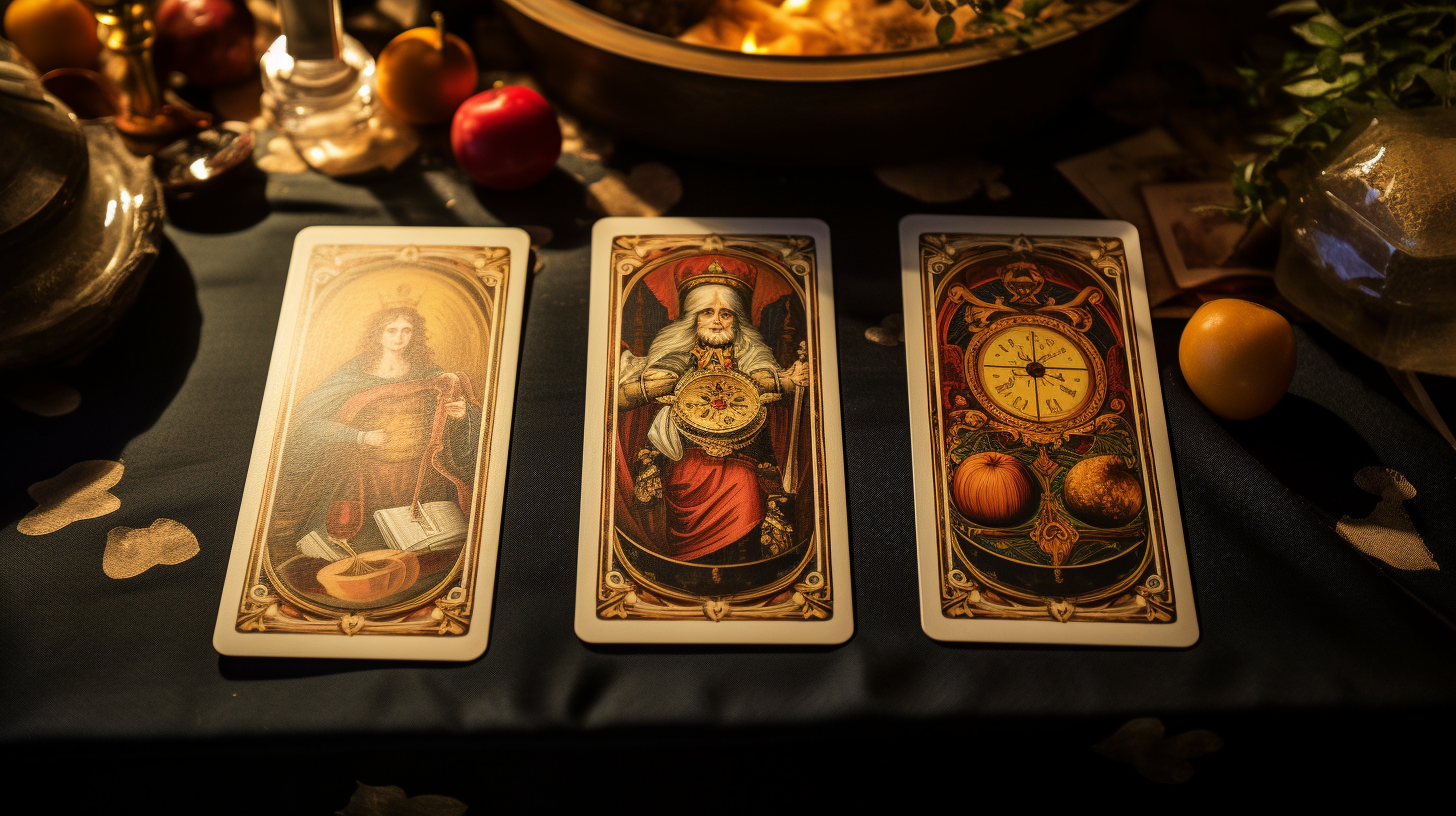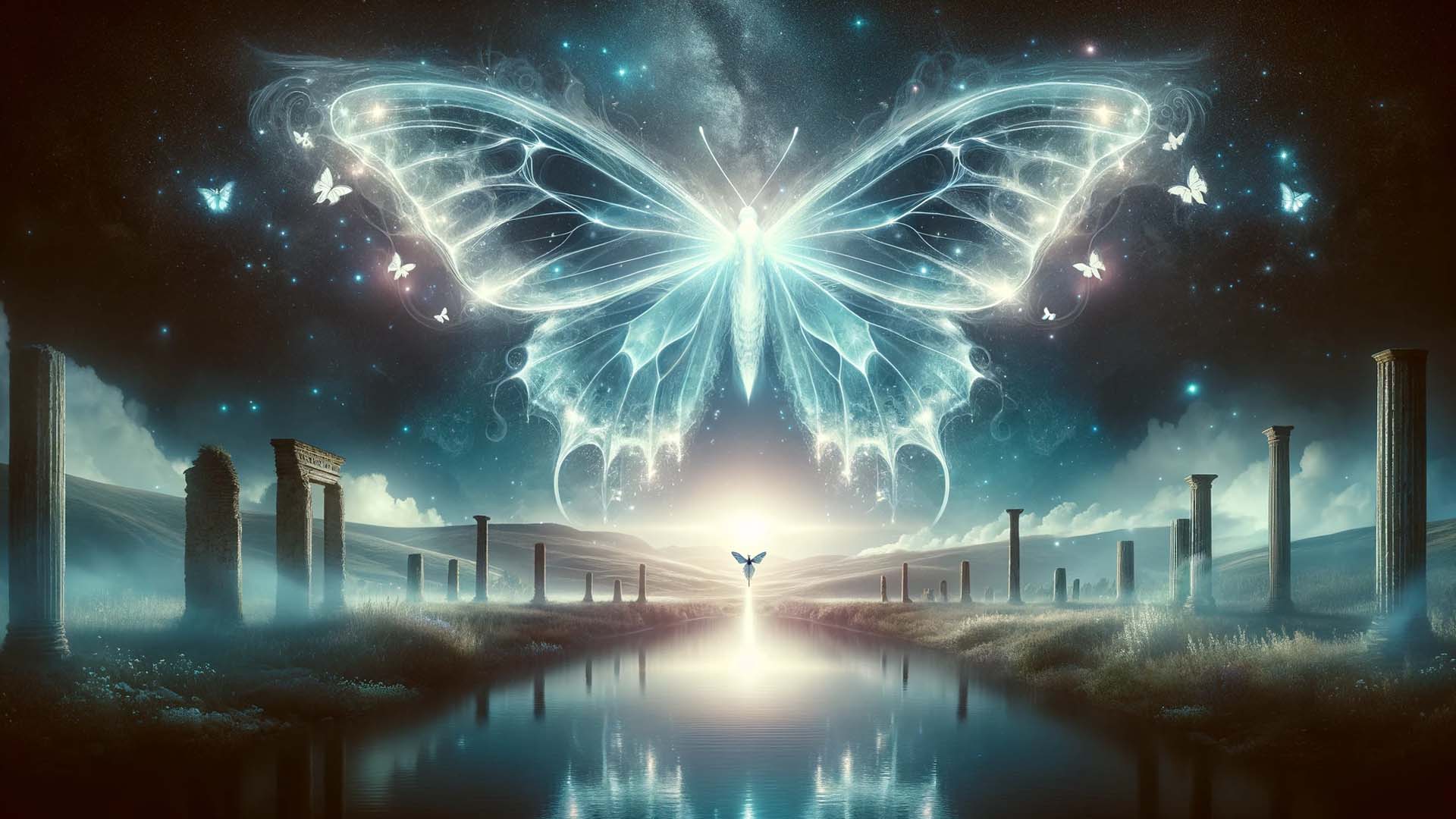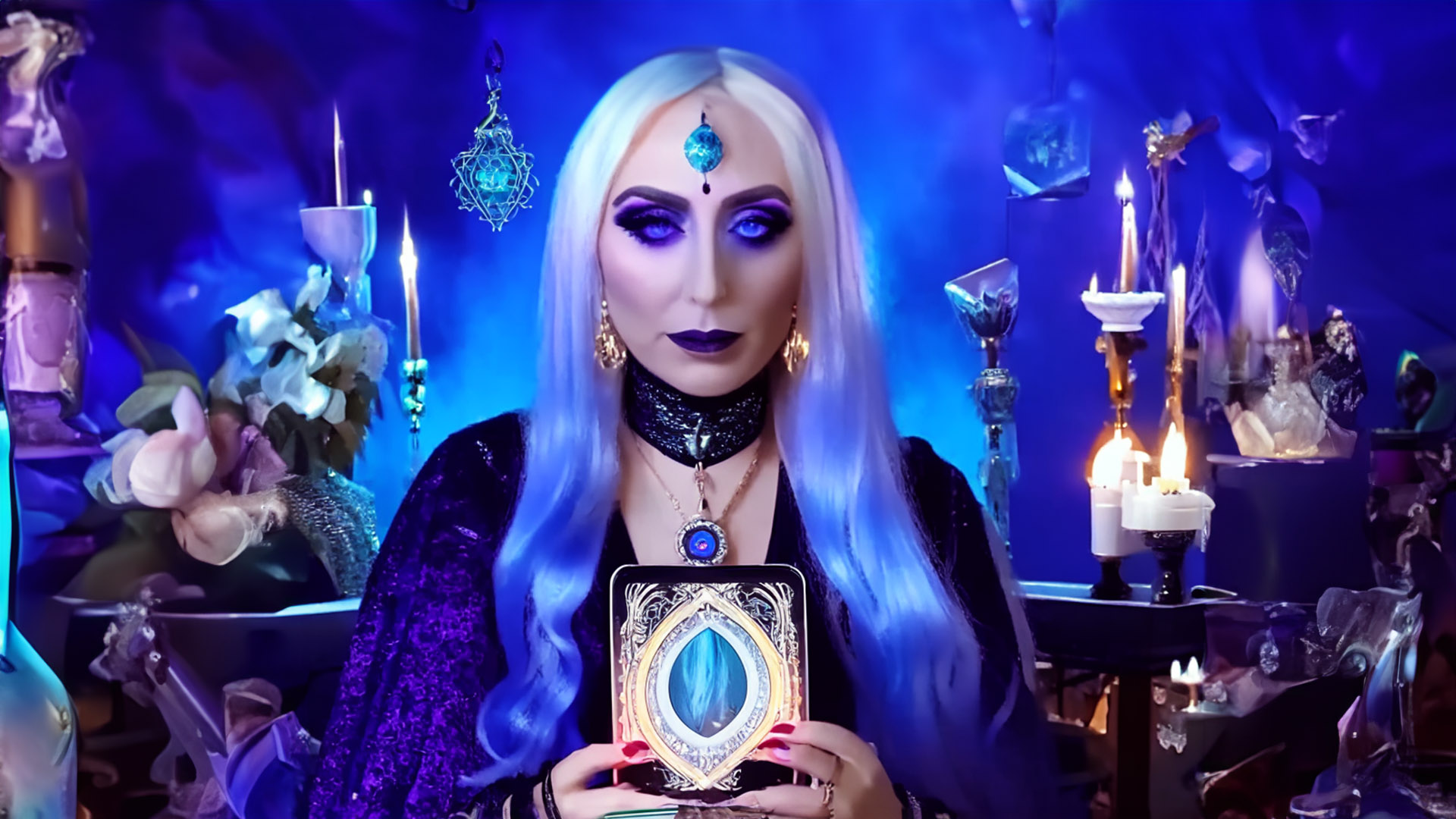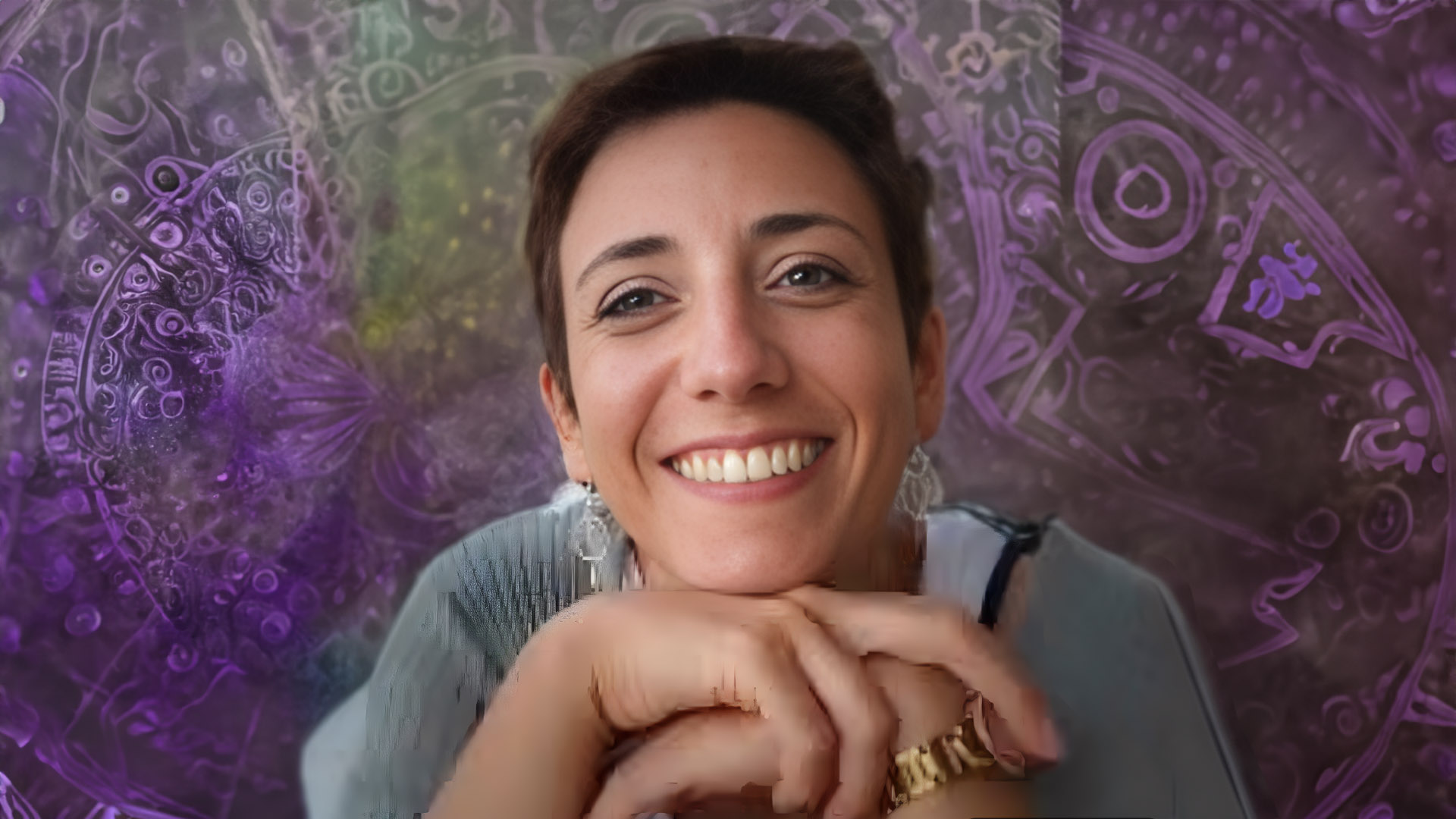Post
The Major and Minor Arcana of Tarot: Nature, Symbolism, and Interpretation

The divinatory tarot consists of 78 cards divided into two categories: the 22 major arcana and the 56 minor arcana. Let’s delve into the nature and symbolism of each of these two groups of cards.
The 22 Major Arcana
The major arcana are the most powerful and symbolic cards of the tarot. Each represents an energy, a life stage, or an essential life lesson.
They are called “major” because they evoke universal and superior themes that transcend the individual. These cards are rich in meaning and bring a spiritual and philosophical dimension to the reading.
The 22 major arcana are numbered from 0 to 21. They belong to no family and form a sequence with a beginning and an end. Here are the main cards:
- The Fool (0)
- The Magician (I)
- The High Priestess (II)
- The Empress (III)
- The Emperor (IV)
- The Hierophant (V)
- The Lovers (VI)
- The Chariot (VII)
- Justice (VIII)
- The Hermit (IX)
- Wheel of Fortune (X)
- Strength (XI)
- The Hanged Man (XII)
- Death (XIII)
- Temperance (XIV)
- The Devil (XV)
- The Tower (XVI)
- The Star (XVII)
- The Moon (XVIII)
- The Sun (XIX)
- Judgement (XX)
- The World (XXI)
Each major arcana symbolizes a unique but fundamental energy of life. Their interpretation provides an overview of a situation, beyond concrete details.
In a reading, they indicate the spiritual and karmic influences impacting the consultant’s life. Their power lies in the universal teachings they convey.
The 56 Minor Arcana
Unlike the majors, the minor arcana deal with everyday life and concrete areas of existence. They are presented in 4 suits:
- Wands (activities, projects, ambition)
- Cups (emotions, relationships, spirituality)
- Swords (intellect, conflicts, sorrows)
- Pentacles (material, money, work)
Each suit contains 14 cards: the Ace and numbered cards from 2 to 10, plus the Page, Knight, Queen, and King.
The Ace symbolizes a new beginning in the respective area. Cards from 2 to 10 represent the evolution of a situation, from harmony (2) to complications (10).
The 4 figures embody different personalities:
- Page: beginnings, enthusiasm
- Knight: the quest, movement
- Queen: maturity, accomplishment
- King: power, stability
Unlike the majors, the minors deal with specific everyday subjects. Their interpretation provides practical indications about a situation according to the concerned suit.
They provide concrete details that complement the more universal teachings of the major arcana.
Complementarity of the Arcana
The major and minor arcana are complementary in a tarot reading. Their roles can be summarized as follows:
- The majors provide an overview of spiritual influences.
- The minors delve into the concrete details of the situation.
To correctly interpret a reading, one must consider the messages of both types of cards:
- The majors give the general direction.
- The minors show how this translates into daily life.
A good reading combines universal wisdom and pragmatism! By mastering the symbolism of the major and minor arcana, one becomes an accomplished interpreter.
Tarot is a subtle balance between spirituality and earthly life, the mystery of the soul and the reality of daily life. The reading of the cards thus reflects the richness and complexity of existence.





